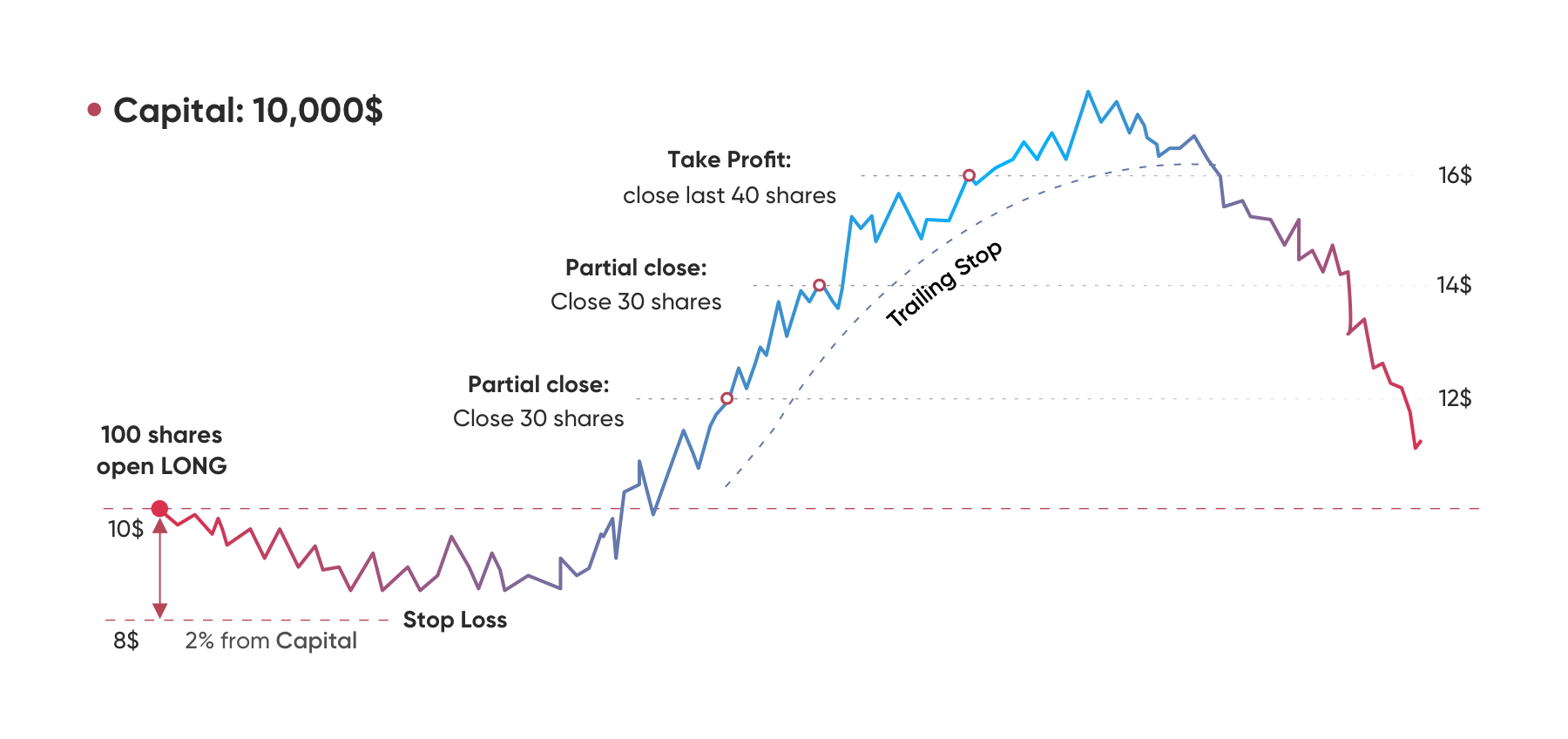Prelude: Unveiling the Enigma of Option Trading Exit Strategies
In the tempestuous waters of financial markets, options trading stands as a potent force, capable of yielding both lucrative returns and formidable risks. As traders navigate these choppy seas, mastering exit strategies emerges as a critical compass, guiding them towards safe harbors and shielding them from unforeseen storms. This comprehensive guide delves into the labyrinth of option trading exit strategies, empowering traders with the knowledge and acumen to confidently execute their exits, maximize profits, and mitigate potential losses.

Image: www.pinterest.es
Unveiling the Horizon: Types of Option Trading Exit Strategies
The tapestry of option trading exit strategies is woven with diverse threads, each tailored to specific market conditions and risk appetites. The most prevalent strategies include:
- Target Profit Exit: Setting a predetermined profit target and liquidating the option position upon its attainment.
- Trailing Stop Exit: Employing a dynamic stop-loss order that trails the underlying asset’s price, safeguarding profits while minimizing potential losses.
- Time Decay Exit: Capitalizing on the inherent time decay of options as their expiration date nears, reducing risk and maximizing returns.
- Breakeven Exit: Closing the option position at its breakeven point, ensuring no profit or loss.
- Portfolio Rebalancing Exit: Adjusting the allocation of options within a larger portfolio to maintain alignment with overall investment objectives.
Decoding the Dynamics: Factors Influencing Exit Strategy Selection
Navigating the complexities of option trading exit strategies requires a keen eye for market dynamics and a nuanced understanding of personal risk tolerance. Key factors influencing exit strategy selection include:
- Market Volatility: High volatility warrants agile exit strategies, whereas low volatility allows for more conservative approaches.
- Option Type: Call options and put options demand different exit strategies due to their contrasting profit potential and risk profiles.
- Risk Tolerance: Traders with a low risk tolerance prioritize strategies that minimize potential losses, while those with a higher risk tolerance may seek more aggressive exits.
- Time Horizon: Short-term traders favor quick exits, while long-term traders can afford to hold positions for extended periods.
Navigating the Maze: Steps for Effective Exit Strategy Execution
Executing option trading exit strategies with precision requires a methodical approach, encompassing the following steps:
- Define Exit Parameters: Establish clear exit criteria based on target profit, time decay, or trailing stop levels.
- Monitor Market Trends: Continuously monitor market dynamics, stock performance, and volatility to identify potential triggers for exits.
- Set Order Type: Choose the appropriate order type (e.g., market order, limit order, stop order) to suit the exit strategy.
- Execute Exit: Execute the exit order promptly when predetermined criteria are met, ensuring timely profit-taking or loss mitigation.
- Review and Reassess: Evaluate the effectiveness of exit strategies periodically, making adjustments as necessary to optimize performance and align with changing market conditions.

Image: capital.com
Navigating the Nuances: Pitfalls and Potential Pitfalls
While option trading exit strategies offer a valuable toolkit, pitfalls and potential perils await the unwary. Common obstacles include:
- Emotional Trading: Allowing emotions to cloud judgment, leading to premature exits or missed opportunities.
- Overtrading: Engaging in excessive trading, increasing the risk of losses and negating the benefits of sound exit strategies.
- Inadequate Research: Failure to conduct thorough research and understand underlying market dynamics can result in poorly timed exits.
- Lack of Discipline: Deviating from predefined exit criteria or failing to execute orders promptly can compromise profitability.
Option Trading Exit Strategies
Conclusion: Mastering the Art of Exits
Mastering option trading exit strategies empowers traders to navigate market complexities, maximize returns, and protect against potential losses. By embracing a disciplined approach, understanding the nuances of different exit strategies, and carefully considering the interplay of market factors, traders can navigate the ever-changing landscape of the financial markets with confidence and precision.






